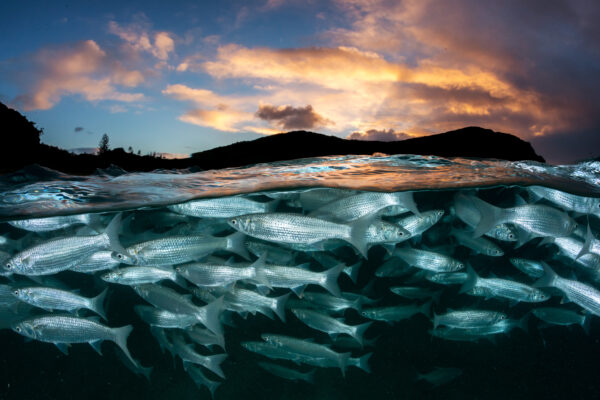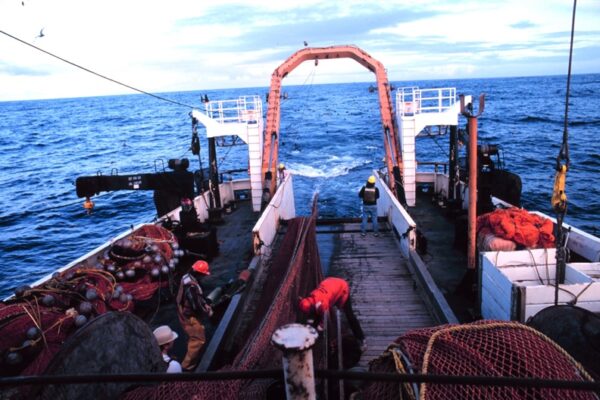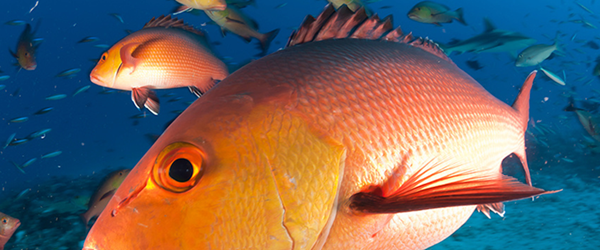Many of us are familiar with the convenient “sustainable seafood” pocket guides that help us make decisions about seafood. The Ocean Project has helped promote Monterey Bay Aquarium’s Seafood Watch program since its inception. “Best Choices,” “Good Alternatives,” and species to “Avoid” help those of us keen to make the right choices.
The process to develop these lists is rigorous and meticulous. Scientists carefully review studies based on a set of criteria and make recommendations on which wild-caught and farm-raised species can be consumed without jeopardizing the long-term viability of the species and the ecosystem. They also have been increasingly looking at human health concerns as many toxins such as mercury make their way through the food web, into fish and into our bodies. It’s especially important for pregnant women and children’s developing brains and bodies. (See KidSafe Seafood for good options for children.) Another issue that should be taken more into consideration is that so much seafood is transported by plane around the world. It gives a new meaning to ‘flying fish’ and creates a carbon footprint that is not inconsiderable.

While there are differences in opinion as to which ecological or health criteria should take precedence when trying to categorize the species, there has not yet been much attention focused on human costs to those involved in the fishing industry.
NBC recently featured the risks of lobster diving in Honduras. Driven by consumer demand in North America and Europe hundreds of fishermen have died and thousands of others paralyzed.
Another criterion that has not been taken into consideration is human rights. A series of recent investigative journalism pieces raises the question of whether we should include human rights violation in determining whether seafood is “sustainable”.
With modern day slavery added to the mix, it might now be more important than ever to ask: “Where is my seafood coming from?”



